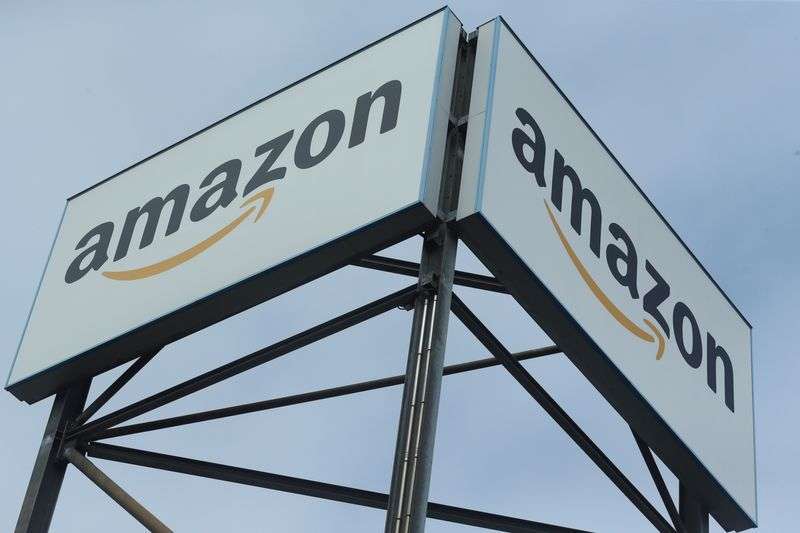
Amazon, the big online store, is going to tell investors how it’s doing in the last quarter of the year. People are wondering if Amazon can make more money from its “Buy With Prime” service. This service lets people get free shipping in one or two days. It costs $14.99 a month or $139 a year to be a Prime member. With Buy With Prime, sellers can offer this shipping to Prime members even if they’re not buying from Amazon.
Here’s how it works: Amazon uses its big system to handle packages and orders that aren’t from Amazon itself. This helps them make more money from seller services, which is a high-profit part of the business. Amazon gets 3% of the money from each Buy With Prime order, plus more for handling and payment.
Experts think Amazon will make about $29.3 billion in profit this quarter. That’s 34.41% more than last year. Amazon’s profit margins are expected to be about 17.62%, up from 14.60% last year.
We don’t know how many sellers are using Buy With Prime, but Amazon is working with Shopify and Salesforce to offer it to over 2 million sellers. Amazon hasn’t told us how many Prime members there are.
Experts say Buy With Prime is good for Amazon, sellers, and Prime members. It makes delivery fast, gives Amazon more money, and helps sellers get more customers.
Some investors think Amazon can save money and make more by changing how it sends packages. One investment firm, AllianceBernstein, owns a small part of Amazon.
Tierney said he expects Buy With Prime to “further improve network utilization, thereby providing a boost to margins.”

